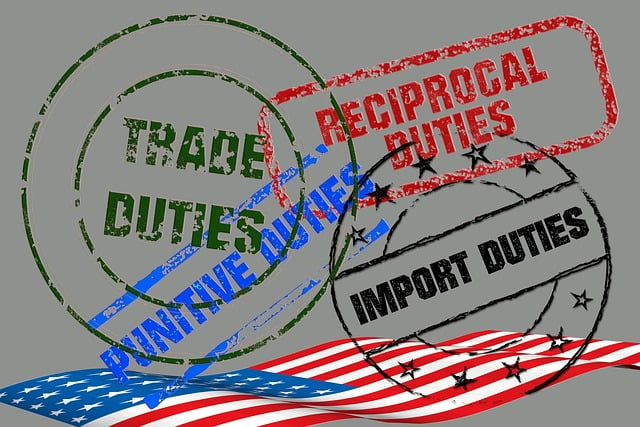Tariffs and the Handmade Movement: Protecting Local Artisans or Hindering Growth?

The Impact Of Tariffs On US Ecoomy
Imagine walking into a quaint artisan shop, the air thick with the scent of freshly crafted goods, only to find that the prices have skyrocketed due to tariffs. Welcome to the world of tariffs and the handmade movement, where local artisans face a double-edged sword. On one side, tariffs aim to protect domestic industries; on the other, they can stifle the very creativity they seek to nurture. So, are tariffs a knight in shining armor for local artisans or a dragon that breathes fire on their growth? Let’s dive in!
Understanding Tariffs: The Basics
Tariffs are taxes imposed on imported goods. Think of them as a toll booth on the highway of international trade. When foreign products enter a country, tariffs can raise their prices, making local products more appealing. This is where the idea of protecting local artisans comes into play. But here’s the kicker: while tariffs can shield local makers from foreign competition, they can also lead to higher prices for consumers and limit choices. 🛒
The Handmade Movement: A Flourishing Community
The handmade movement is like a vibrant tapestry woven from the threads of creativity, sustainability, and community. Artisans create unique products that tell stories and reflect local culture. This movement has gained momentum, with platforms like Etsy and local craft fairs showcasing handmade goods. But how do tariffs fit into this picture?
Pros of Tariffs for Local Artisans
Let’s start with the silver lining. Tariffs can provide several benefits for local artisans:
- Protection from Competition: Tariffs can level the playing field, allowing local artisans to compete against cheaper imported goods.
- Encouragement of Local Production: With less competition, artisans may feel more motivated to produce and innovate.
- Job Creation: Supporting local artisans can lead to job growth in communities, fostering economic development.
For instance, in 2018, the U.S. imposed tariffs on Chinese goods, which included many craft supplies. Local artisans who relied on these materials faced challenges, but some found ways to pivot and source materials domestically, thus supporting local suppliers. 🌱
Cons of Tariffs: The Other Side of the Coin
Now, let’s flip the coin and examine the downsides. Tariffs can also hinder growth in several ways:
- Increased Costs: Higher prices for imported materials can lead to increased production costs for artisans.
- Limited Access to Resources: Some artisans rely on specific imported materials that may not have a domestic equivalent.
- Consumer Prices Rise: Ultimately, consumers may pay more for handmade goods, which could deter purchases.
Take the case of a small pottery studio that uses imported clay. With tariffs in place, the cost of materials skyrockets, forcing the artisan to either raise prices or compromise on quality. This dilemma can stifle creativity and growth. 😟
Real-World Examples: The Impact of Tariffs
Let’s look at some real-world scenarios. In 2019, the U.S. imposed tariffs on various goods, including textiles and ceramics. Many artisans reported a significant impact on their businesses:
- A textile artist in California had to raise prices by 20% due to increased costs of imported fabrics.
- A ceramicist in New York struggled to find affordable clay, leading to a decrease in production and sales.
- On the flip side, some local woodworkers thrived as consumers sought out domestic alternatives to imported furniture.
These examples illustrate the mixed bag of outcomes that tariffs can create for the handmade movement. 🎨
Finding a Balance: Solutions for Artisans
So, what’s the way forward? How can we protect local artisans without stifling their growth? Here are some potential solutions:
- Support Local Supply Chains: Encourage artisans to source materials locally, reducing reliance on imports.
- Advocate for Fair Trade Practices: Promote policies that support fair trade and sustainable practices.
- Educate Consumers: Raise awareness about the value of handmade goods and the impact of tariffs on pricing.
By fostering a supportive environment, we can help local artisans thrive while navigating the complexities of tariffs. 🌍
Conclusion
Tariffs present a complex challenge for the handmade movement. While they can protect local artisans from foreign competition, they can also hinder growth and creativity. The key lies in finding a balance that supports local makers while ensuring consumers have access to diverse, affordable products. By advocating for local supply chains and educating consumers, we can create a thriving ecosystem for artisans. After all, a vibrant handmade community enriches us all! 🎉




